
AFC Nears Closing of $500 Million Africa Climate Adaptation Fund
AFC Capital Partners secured $300 million in anchor funding led by the United Nations-backed Green Climate Fund, and
2023-06-13 18:54

Accenture to Invest $3 Billion in AI to Accelerate Clients’ Reinvention
NEW YORK--(BUSINESS WIRE)--Jun 13, 2023--
2023-06-13 18:47

Disney's Pixar seeks return of box office magic with 'Elemental'
By Dawn Chmielewski and Lisa Richwine When Pixar Animation Studios releases its 27th feature film in theaters on
2023-06-13 18:28

World Bank's new chief Banga to sharpen focus on projects with measurable impact
By David Lawder LIMA World Bank President Ajay Banga wants the lender to focus on more "scalable, replicable"
2023-06-13 18:21
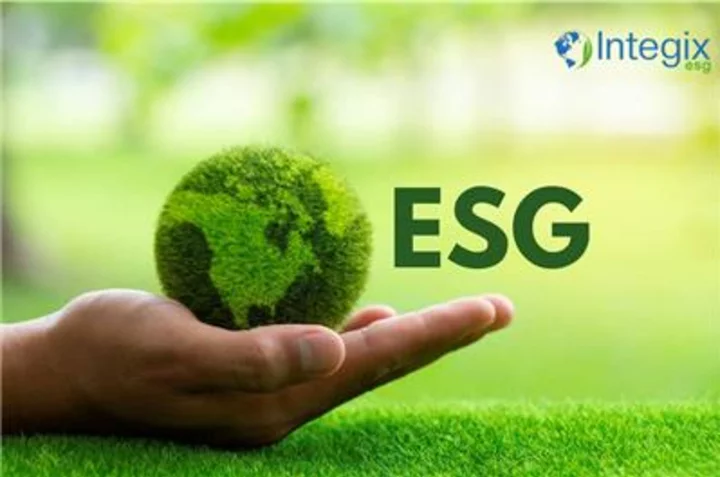
Ez-XBRL launches innovative platform Integix ESG, revolutionizing ESG Reporting
WASHINGTON--(BUSINESS WIRE)--Jun 13, 2023--
2023-06-13 18:16

RecoverTM, Rieter and Polopiqué Collaborate to Promote Recycling in the Textile Industry
MADRID--(BUSINESS WIRE)--Jun 13, 2023--
2023-06-13 17:57
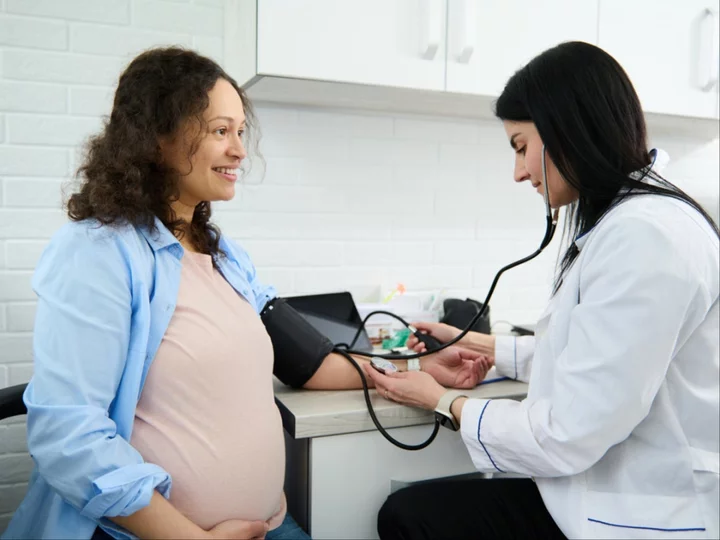
What is eclampsia and how rare is it?
Eclampsia is a rare complication of pre-eclampsia and can cause fits, seizures and strokes. The condition eclampsia describes the type of convulsion or fit – an involuntary contraction of the muscles – pregnant women can experience from week 20 of the pregnancy or immediately after the birth. What are the symptoms/ warning signs? Pre-eclampsia is a condition that affects some pregnant women, usually during the second half of the pregnancy (from 20 weeks) or soon after the baby is delivered. Early signs of pre-eclampsia include having high blood pressure (hypertension) and protein in your urine, according to the NHS. It’s difficult to notice the signs, but they can be picked up during routine antenatal appointments. Further symptoms of pre-eclampsia include a severe headache, vision problems, such as blurring or flashing, pain below the ribs, vomiting and sudden swelling of the face, hands or feet. How common are pre-eclampsia and eclampsia? Most cases of pre-eclampsia do not lead to serious problems or complications, but there is a risk that the mother will develop fits and seizures, called eclampsia, which can be life-threatening for the mother and baby. However, this is rare. According to the NHS, the earlier pre-eclampsia is diagnosed and monitored, the better the outlook for the mother and baby. Most women make a full recovery after having a fit, but they can put the mother and baby’s health at risk. According to the pregnancy charity Tommy’s. eclampsia is quite rare in the UK, with an estimated one case for every 4,000 pregnancies. What are the causes of pre-eclampsia? Though the exact cause of pre-eclampsia is not known, its thought to occur when there is a problem with the placenta – the organ that links the baby and mother’s blood supply. Who is affected by pre-eclampsia? A number of health conditions can increase your chances of developing pre-eclampsia, including having diabetes, high blood pressure or kidney disease before pregnancy. Having an autoimmune condition, such as lupus or antiphospholipid syndrome, or having high blood pressure or BMI, can also increase your chances of pre-eclampsia. A family history of the condition, being older than 40, or having more than 10 years since your last pregnancy can also increase your chances of pre-eclampsia. Expecting multiple babies, like twins or triplets, may also put a patient at risk. What are the treatments for pre-eclampsia? After being diagnosed with pre-eclampsia, a patient will be monitored closely by a specialist to see how severe the condition is. According to NHS guidance, the only way to cure pre-eclampsia is to deliver the baby, hence why monitoring the mother and baby is crucial until the child is delivered. Patients are often offered medicine to lower their blood pressure until the baby is born. Read More Tori Bowie: Pregnant US Olympic sprinter’s cause of death revealed Vegan family writes letter to neighbours requesting they close their windows when cooking meat Kelis addresses Bill Murray dating rumours for the first time How to take care of your mental health at festivals How to stop hay fever fast? Only one thing worked for me Jamie Foxx’s rep addresses conspiracy Covid vaccine left actor ‘paralyzed and blind’
2023-06-13 17:50

Animation goes viral for showing 'what happiness really looks like'
Happiness is one of life’s most elusive gifts – it is an emotion that can’t be pinned down. And yet, an animation showing a protein molecule “walking along”, carrying a large sphere, is widely credited with being a visual representation of joy itself. The gif has trended online for almost a decade but continues to breed delight in those who see it. Many people believe that it is – to use the technical terms – a myosin transporting endorphins in the brain. In other words, it is a scientific portrayal of the actual processes that give us that warm and fuzzy feeling. Sign up for our free Indy100 weekly newsletter However, though we’d hate to dampen the mood, this isn’t quite accurate. In fact, the real brain behind the original clip, medical artist John Liebler, set out the truth back in 2014. @mommyca713 AMAZING! #cells #innerlife #happiness #lookslike #facts #fact #fyi #fyp #brain #research #facts #animation #myosin #interesting #education #viral #fypシ #humanbrain #mentalhealth #science #stem He explained that he, his team at medical technology company XVIVO, and two Harvard University researchers created the 3D computer animation in 2006 for a biology classroom video called ‘The Inner Life of the Cell’, as Science Alert reports. The educational clip wasn't intended to depict a brain process at all but to take the viewer "on a journey through the microscopic world of a cell, illustrating mechanisms that allow a white blood cell to sense its surroundings and respond to an external stimulus,” according to Liebler himself. So this is all about a protein in a white blood cell, not a protein in a neuron. The Inner Life of the Cell Animation youtu.be At any rate, happiness doesn’t just come about through a single process. So even if the clip did show endorphins being delivered to our brains, this wouldn’t offer a full picture. Dopamine, other neurotransmitters (for example, serotonin), biological health and genetics all play a part in cementing our feelings of contentment. We don’t just rely on jolly little myosin proteins lugging around bundles of cheer. Still, the internet is now awash with jovial variations on the clip and it can’t be denied that the scene-stealing strutting protein is pretty damn cute. So if that’s enough to bring a smile to your face, maybe it is a representation of happiness after all. Have your say in our news democracy. Click the upvote icon at the top of the page to help raise this article through the indy100 rankings.
2023-06-13 17:45
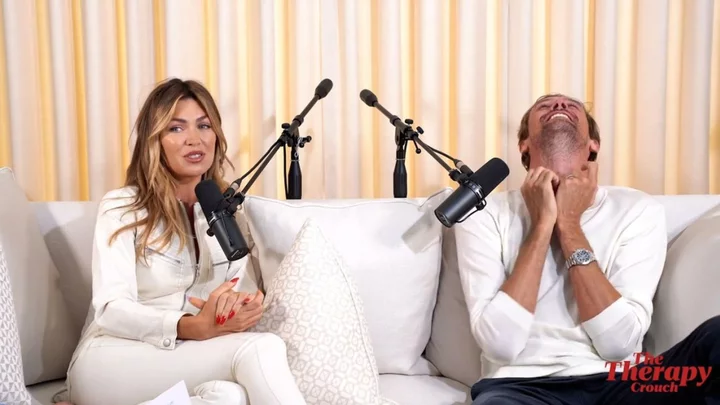
Mum claims to be the victim of 'hot phobia' for being too attractive
A woman has claimed she is the victim of “hot phobia” and says men are scared to approach her because she is too attractive. Sabine Roll-Cohen, 40, from North London has claimed that she is ignored at the school gates when collecting her son because other parents can’t handle her beauty. The personal shopper and model said she wears outfits such as crop tops and short shorts to collect her son, resulting in other parents giving her the cold shoulder and victimising her. Roll-Cohen told The Sun: “I like to wear small shorts, or a low dress, or a tiny crop top, I like to feel sexy.” She continued: “Every woman should look after themselves. I don’t go out much anymore, so the school run is my reason to get dressed, so why not wear a nice outfit? “The other mums don’t talk to me when I look nice, they just turn their noses up. But when I am dressed in my jogging bottoms, they decide to speak to me, it’s strange.” Sign up to our free Indy100 weekly newsletter But, she said, it’s not just the school gates where she’s found herself snubbed by other parents and claimed that it also happened at a child’s birthday party when she arrived wearing a crop top and skinny jeans. Roll-Cohen does not believe she dresses inappropriately and claims she is simply the victim of “hot phobia”. She argued: “I was at this party with my six-year-old son, but I only knew one other mum there.” Roll-Cohen went on: “I was wearing a little floral crop top and some skinny jeans which showed off my perky bum and I thought I looked great. “But every single mum at the party, apart from my friend, ignored me. I asked my friend why no one was talking to me and she said ‘Maybe you wear the wrong outfits.’ “I think they must be jealous as I do have a good body. I’m size eight, 5ft 7, I don’t go to the gym and I don’t have to watch what I eat. “A lot of these ladies are bigger and less sexy after having children and I think it annoys them that I look so good. If jealousy is an illness, I hope they all get better soon.” But, Roll-Cohen said that one person who appreciates her beauty is her husband of six years, Beto. She said: “He thinks I’m gorgeous and like to look nice for him. He wouldn’t change me for the world, so I’m not going to worry what anyone else thinks of me.” Have your say in our news democracy. Click the upvote icon at the top of the page to help raise this article through the indy100 rankings.
2023-06-13 17:18

Joe Rogan explains 'propaganda' behind censoring RFK Jr's truth about Covid-19 vaccines, calls it 'horses**t'
Joe Rogan claims corporate media censors RFK Jr for promoting COVID vaccines, accusing dishonesty
2023-06-13 16:54
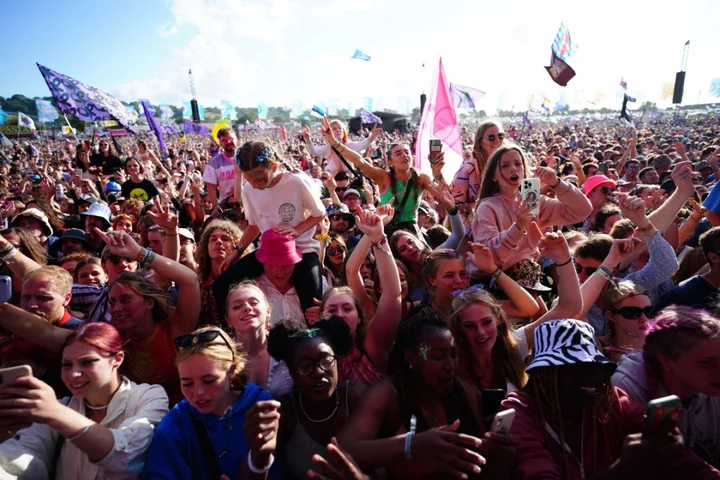
How to take care of your mental health at festivals
Festival season is upon us, with Glastonbury taking place near the end of June. While we’re well versed in how to take care of our physical health at a festival (yes, you really should take a hat in case the sun comes out), what about the mental health side of things? Mike McAdam, 38, co-founded Blink Mental Health, which provides mental health support at festivals. After his mental health deteriorated in 2017, McAdam found his condition was too serious for primary care, but not extreme enough for secondary care. He accepts there are lots of brilliant charities and campaigns encouraging people – particularly men – to talk about their mental health and reach out if they need it, but “it’s incredibly difficult to get help”, he suggests. This is where the idea for Blink came from – the ultimate aim is to set up a ‘Blink Bank’ providing money for private therapy for those who are stuck on waiting lists. McAdam accepts that is “really ambitious and would cost millions”, so as a starting point, Blink provides wellbeing at festivals. Blink is going to six festivals this summer – including Boomtown and Wilderness – where it will set up dedicated tents which McAdam calls “a place to relax, get away from things [and] take your mind off the festival”, with bean bags and mindful activities such as colouring and jigsaw puzzles. Blink also offers between 12 and 18 hours a day of free talking therapy with fully qualified and accredited psychologists or psychotherapists. “It’s not just about diagnosed mental health conditions, everyone should look after [their] mental health,” McAdam says. He suggests festivals are a great place to open up conversations around mental health. “At festivals, people tend to explore new experiences – whether that’s food, music, dance or activities – so one reason we go to festivals is because people want to explore new experiences, [and] we find them more open-minded to talk and access therapy,” he says. Plus, he accepts festivals can be “full-on”, and don’t always have “that space where you can chill out”. While McAdam suggests early intervention is key when dealing with mental health, there are some things you can do to do yourself if you’re going to a festival this summer… Be prepared Before heading off to the festival, McAdam recommends being as prepared as possible. This could include “taking earplugs, a decent sleeping bag, making sure we have clothes for all weathers if we can”, he says. “Because if you can’t get a decent night’s sleep, if you’re absolutely freezing, that will affect your physical and mental health.” Lowri Dowthwaite-Walsh, senior lecturer in psychological interventions at UCLan, agrees with the importance of planning ahead. “If you have any vulnerabilities, such as pre-existing mental health difficulties or known triggers, plan ahead for how you can manage these,” she says. “By having a plan of what to do in the event of feeling low or anxious, you’ll be able to enjoy your time more and be more relaxed.” Stay well-fed and watered McAdam recommends taking a water bottle you can refill throughout the festival, and adds: “Try and eat regularly.” He suggests it can be “very, very easy to forget about eating or drinking [water]” at a festival, or you might not want to buy much food as it can be expensive on-site. However, taking your own snacks and bottle could go a long way to helping you be as comfortable as possible. Dowthwaite-Walsh adds: “Long days, warm weather and alcohol consumption can dehydrate you and this can lead to headaches, feeling fatigued and struggling to concentrate and make good decisions” – which means drinking plenty of water is crucial. Camp wisely “Try and camp with people you feel safe with,” is McAdam’s advice. And if you’re going to a festival with different options for camping – for example, Wilderness has a quiet camping area – choose the place that suits you best. If you’re going solo, McAdam says: “Try and find the area that may suit your needs.” Be drink and drug-aware “Alcohol and drugs have a direct impact on your mental health, so it’s important to discuss your choices with friends and people you trust. You can also get support from first responders at the festival if you have issues with any substances,” says Dowthwaite-Walsh. Take the pressure off “There’s a huge, huge thing about fear of missing out”, McAdam says. “They’re extremely exciting places, [with] so much going on. “There won’t be an opportunity to explore and see everything that you may want to, so as hard as it is, please do not try and put too much pressure on yourself trying to get around everything you want to see.” This could “burn you out and add additional stress”, he says, so McAdam recommends being “realistic about what you can see”. Stay connected If you are with friends, Dowthwaite-Walsh recommends staying connected. “Being able to enjoy yourself with friends helps to deepen the experience of a festival but also keeps you safe physically and psychologically,” she suggests. She also recommends living in the moment as much as you can. “Have fun, enjoy the moment and savour it. Taking pictures to share with family and friends is a great way to create memories, but also remember to live in the moment and soak up the full experience” Read More Charity boss speaks out over ‘traumatic’ encounter with royal aide Ukraine war’s heaviest fight rages in east - follow live 5 of the best lawnmowers How should we be talking to our daughters about money? STI cases at record highs: 6 things everyone needs to know about sexually transmitted infections
2023-06-13 15:55
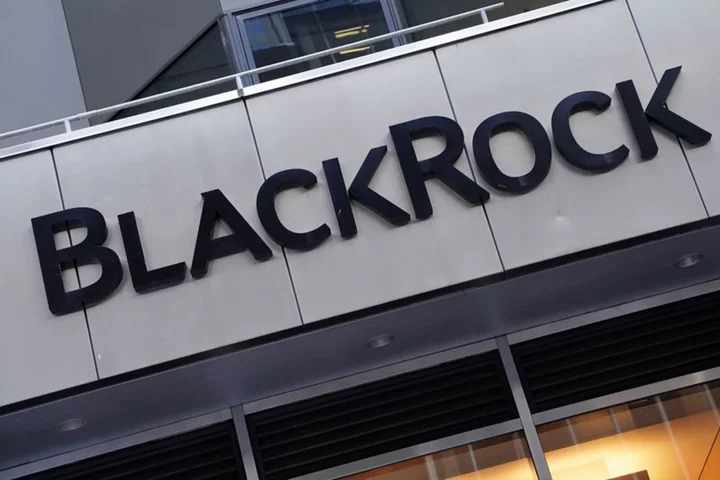
BlackRock fund targets greening of materials sector
By Clara Denina and Simon Jessop LONDON BlackRock on Tuesday launched the "Brown to Green Materials Fund" targeting
2023-06-13 15:28
